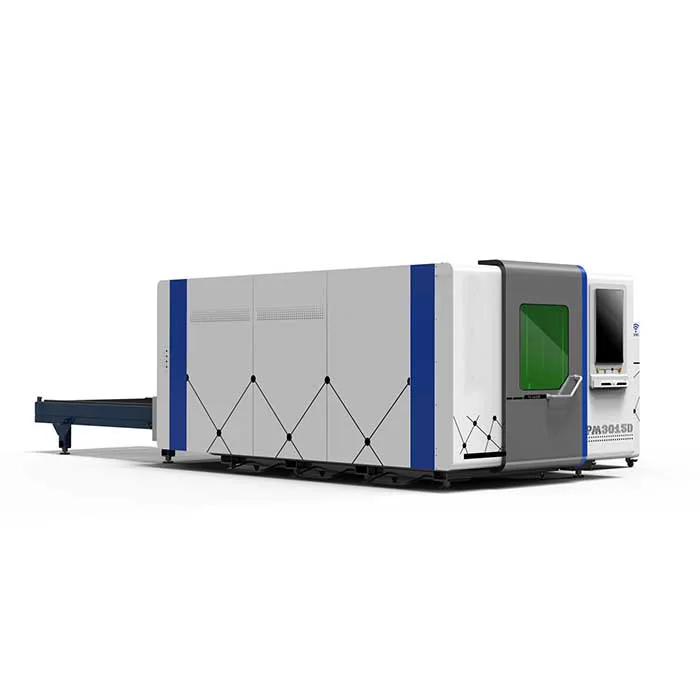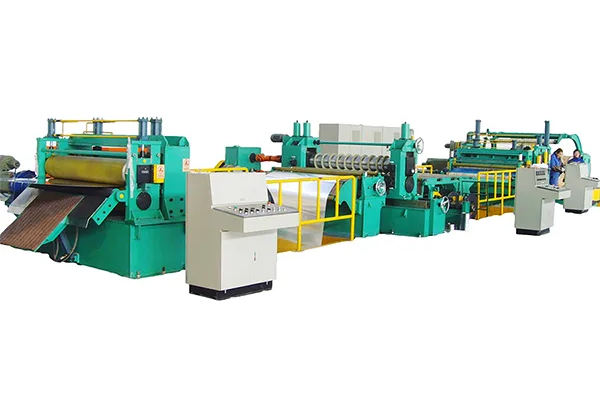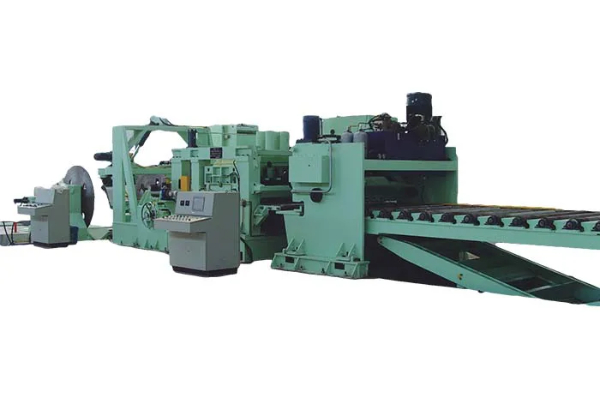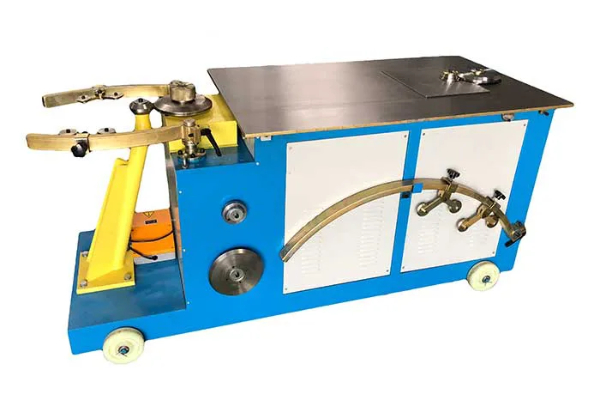
Common Issues and Troubleshooting Tips for Duct Plasma Cutting
- By:Metmac
- 2024-07-10
- 184
In the realm of metal fabrication, duct plasma cutting stands as a formidable technique, offering precision and efficiency in shaping metal sheets. However, even this advanced technology is not immune to occasional glitches. This article will delve into some common issues encountered in duct plasma cutting and provide practical troubleshooting tips to minimize downtime and ensure seamless production.
1. Excessive Dross Formation
Dross, the undesirable molten metal buildup on the cut edges, can hinder part quality and prolong cleaning time. To address this issue:
Ensure proper nozzle height: A nozzle positioned too close to the metal can lead to excessive dross. Maintain an optimal distance according to the manufacturer’s recommendations.
Optimize gas pressure: Plasma gas pressure plays a crucial role in controlling dross formation. Experiment with different pressures until you find the optimal setting for your material and thickness.
2. Irregular Cut Edges
Jagged or uneven cut edges can result from several factors:
Worn consumables: A worn electrode or nozzle can cause arc instability and irregular cutting. Replace consumables regularly to maintain optimal performance.
Incorrect cutting parameters: Ensure you use the correct settings for your material, thickness, and desired cut quality. Consult the machine’s manual or technical documentation for guidance.
3. Poor Piercing Quality
Difficulty piercing through thick metal sheets can be frustrating. To improve piercing quality:
Preheat the metal: Heating the piercing point before initiating the cut can soften the material and facilitate easier penetration.
Use a pierce pilot: A pierce pilot, a small hole drilled into the metal before plasma cutting, can provide a starting point for the plasma arc and improve pierce quality.
Optimize machine settings: Adjust machine parameters such as pierce height, pierce time, and torch height to suit the material and thickness.
4. Machine Overheating
Overheating can be a significant issue, especially during prolonged cutting operations. To mitigate this:
Ensure adequate cooling: Proper cooling systems are crucial for preventing machine damage. Clean air filters and ensure unobstructed airflow.
Allow cooling breaks: Schedule regular intervals for the machine to cool down, especially after extended periods of operation.
Inspect consumables: Worn or damaged consumables can contribute to overheating. Replace them promptly to maintain optimal performance.
5. Plasma Arc Instability
Unstable plasma arcs can result in poor cut quality and machine damage. To address this:
Clean the torch: Accumulated debris or spatter on the torch can disrupt the plasma arc. Regularly clean the torch to ensure a stable arc.
Check electrical connections: Loose or damaged electrical connections can affect plasma arc stability. Inspect and tighten all connections as necessary.
By following these troubleshooting tips, duct plasma cutting operators can minimize downtime, enhance cut quality, and maximize productivity. Remember, regular maintenance and proactive problem-solving are essential to ensure the smooth and reliable operation of your duct plasma cutting system.
-
Mastering Form and Force: A Guide to Modern Metal Plate Bending Machines
2025/12/16 -
Demystifying Sheet Metal Laser Cutting Machine Price: The METMAC Value Perspective
2025/12/16 -
Metal Sheet Machinery: The Engine of Modern Fabrication and the METMAC Advantage
2025/12/16 -
Beyond the Bend: The Power and Precision of the Modern Sheet Profile Machine
2025/12/16
-
Advanced Sheet Metal Rolling, Laser Cutting, and Folding Machines for Precision Fabrication
2025/10/31 -
High-Performance Sheet Metal Bending and Cutting Machines for Modern Fabrication
2025/10/31 -
High-Quality Sheet Metal Equipment for Sale: Efficient Solutions for Modern Manufacturing
2025/10/31 -
High-Performance Sheet Metal Equipment for Sale: Forming and Shearing Solutions for Modern Fabrication
2025/10/22
-
A Guide to the Latest Innovations in Sheet Metal Folding Machines
2024/11/29 -
Key Features to Consider When Investing in a Sheet Metal Folding Machine
2024/11/28 -
Enhancing Precision with Advanced Sheet Metal Folding Machines
2024/11/27 -
How to Choose the Right Sheet Metal Folding Machine for Your Workshop
2024/11/26







